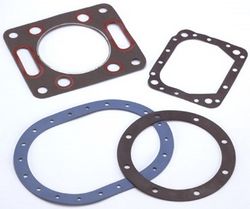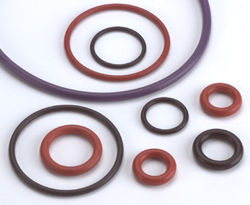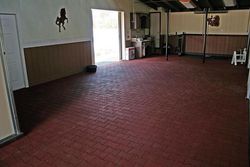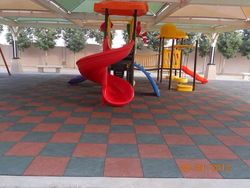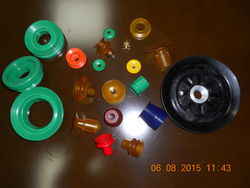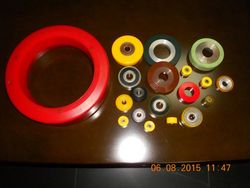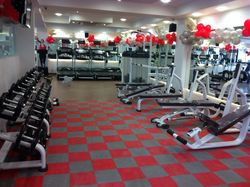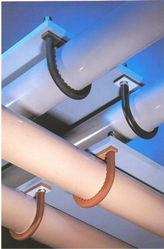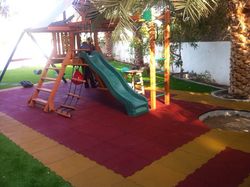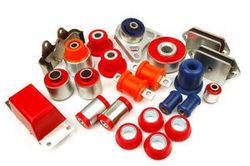ISMAT fabricates superior custom rubber gaskets that can be die cut or Compression molded from a variety of rubber materials.
ISMAT’S team of engineers can guide you through the process of selecting the ideal rubber material for your unique gasket applications:
• Butyl – A copolymer of isoprene of isobutylene, butyl is a synthetic rubber with several distinctive benefits. Butyl is impermeable to moisture and various gases, making it an ideal choice for airtight applications.
• EPDM – Ethylene propylene diene monomer, commonly known as EPD...
ISMAT fabricates superior custom rubber gaskets that can be die cut or Compression molded from a variety of rubber materials.
ISMAT’S team of engineers can guide you through the process of selecting the ideal rubber material for your unique gasket applications:
• Butyl – A copolymer of isoprene of isobutylene, butyl is a synthetic rubber with several distinctive benefits. Butyl is impermeable to moisture and various gases, making it an ideal choice for airtight applications.
• EPDM – Ethylene propylene diene monomer, commonly known as EPDM, is an elastomer known for its high durability and versatility, EPDM can resist polar and steam substances with great proficiency.
• Natural (Pure Gum) – Natural rubber is a polymer consisting of isoprene. This soft material has high elasticity, which provides superior physical properties such as resistance to abrasion and low temperatures.
• Neoprene – Neoprene is a synthetic rubber created by polymerizing chloroprene material. Also called polychloroprene, neoprene is a flame-retardant material that can also resist the effects of oils, chemicals, oxygen, and ozone.
• Nitrile (NBR, Buna-N) – Nitrile is a copolymer of butadiene and acrylonitrile. This synthetic rubber material is resistant to various solvents, hydraulic fluids, animal and vegetable oils, and aromatic fuels; nitrile can also diminish the effects of heat aging.
• SBR – Styrene-butadiene rubber (SBR) has similar properties to natural rubber, but is more resistant to abrasion, wear, and hot and cold water.
• Silicone – An extremely soft and adaptable material, silicone is composed of polymerized siloxanes. Silicone boasts superior elastomeric properties at both high and low temperatures and is resistant to the effects of ozone, oxygen, aging, ultraviolet (UV) light, and extreme weather conditions.
• Viton® – Known for its outstanding resistance to chemical substances, Viton® is a fluorocarbon-based synthetic rubber. This material can perform optimally in the most extreme conditions—Viton® has a maximum operating temperature from 400°F (continuous) to 500°F (intermittent).
Read More


